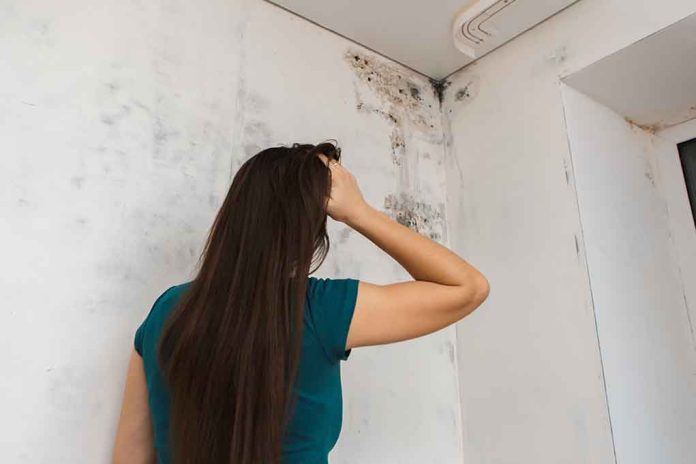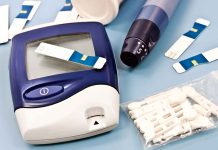
(AscendHealthy.com) – Mold is a sign of an unhealthy environment, especially when found indoors. It’s a cause for concern not only because it ruins walls, but also because of the many health concerns it can cause, especially in children and those with other illnesses. Mold allergies in particular are extremely common, and occur when a person’s immune system responds to a mold spore. Mold sensitivity can look like coughing, itchy eyes, and symptoms generally consistent with most allergies.
However, prolonged exposure to mold can cause asthma and other health conditions, and mold must be remediated as soon as it’s noticed to prevent major health hazards and other issues. Fortunately, there are some ways to reduce mold exposure and some medications a doctor may prescribe to keep reactions to mold under control. Mold toxicity refers to the build up that occurs over repeated or lengthy mold explosions.
Health Conditions Caused By Mold Exposure
Mold exposure can cause multiple health conditions, including asthma. The molds that infest paint, dust, wallpaper, drywall, fabric, carpet, and upholstery indoors include Cladosporium, Penicillium, and Aspergillus. When a mold infestation is large enough, people and animals can see and smell it. It comes into even the cleanest of homes through open doors and windows, as well as HVAC systems. It can also enter the home on clothes, shoes, coats, and pets. Once mold spores secure themselves in a moist environment, they have the propensity to grow and damage a home and the health of the residents within.
Children who have a genetic predisposition to asthma may be especially affected by asthma-inducing mold. Infants can also develop acute idiopathic pulmonary hemorrhage.
Adults may experience memory loss and tiredness after repeated or lengthy exposure.
Signs of Mold Exposure
Mold exposure symptoms include allergic rhinitis (which can feel like a cold or a stuffy nose), sneezing, runny nose, postnasal drip, cough, itchy throat, nose, or eyes, eyes that are watering, and scaly, dry skin. Signs of asthma may include consistent coughing, wheezing, chest tightness, and shortness of breath.
If a person has mold toxicity, they will notice their symptoms and signs flare up whenever they are near the triggering or offending mold. This could be inside a particular home or in a damp outdoor environment.
When to See A Doctor
Whenever the above symptoms are present, especially in a child or for a long amount of time, heading to the doctor should be a person’s initial step to determining whether there is a mold-related health issue. If the problem is bad enough, a family may be asked to vacate their homes. Most mold-related issues, however, can be fixed. Larger problems present more complicated solutions.
Toxinogenic molds contain toxins called mycotoxins. It’s tricky, because not every type of mold produces these. While some can cause pulmonary hemorrhage or memory loss, this is rare — and asthma is the most common long-term problem resulting from mold exposure. It is especially prevalent in children.
Unfortunately, there are no blood tests for mold, but if a healthcare professional or resident suspects mode in a home or other type of building, a home inspection can reveal any mold that must be immediately remediated. It is possible to test for mold allergies, but since they are so common, many physicians assume that the allergy is present. Prevent mold issues by controlling the level of humidity in an indoor environment, discovering and fixing leaks or sources of outdoor water entering the home, attending to pipes and inspecting them regularly, and ventilating sink and shower areas. If flooding occurs, have an expert come in
Copyright 2024, AscendHealthy.com




















